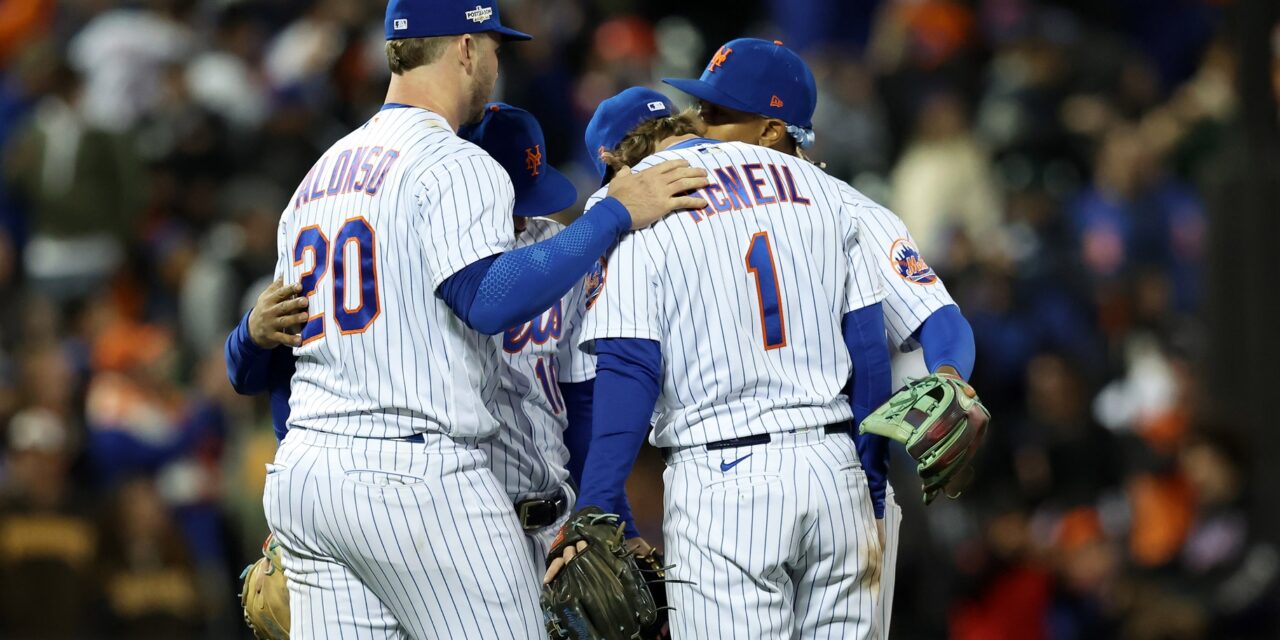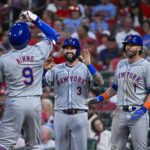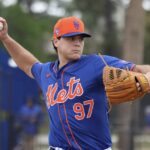Take a breath, Mets fans. What has been the most shocking trade deadline in Mets history has officially passed.
The team officially traded aces Max Scherzer and Justin Verlander along with Mark Canha, Tommy Pham, and Dominic Leone. While selling was on the horizon, just how far the Mets were willing to go shocked the baseball world. The Mets began the season as World Series favorites with the richest payroll in league history and have now found themselves taking a step backward. The question is, how far back did they go, and more importantly, can they compete in 2024?
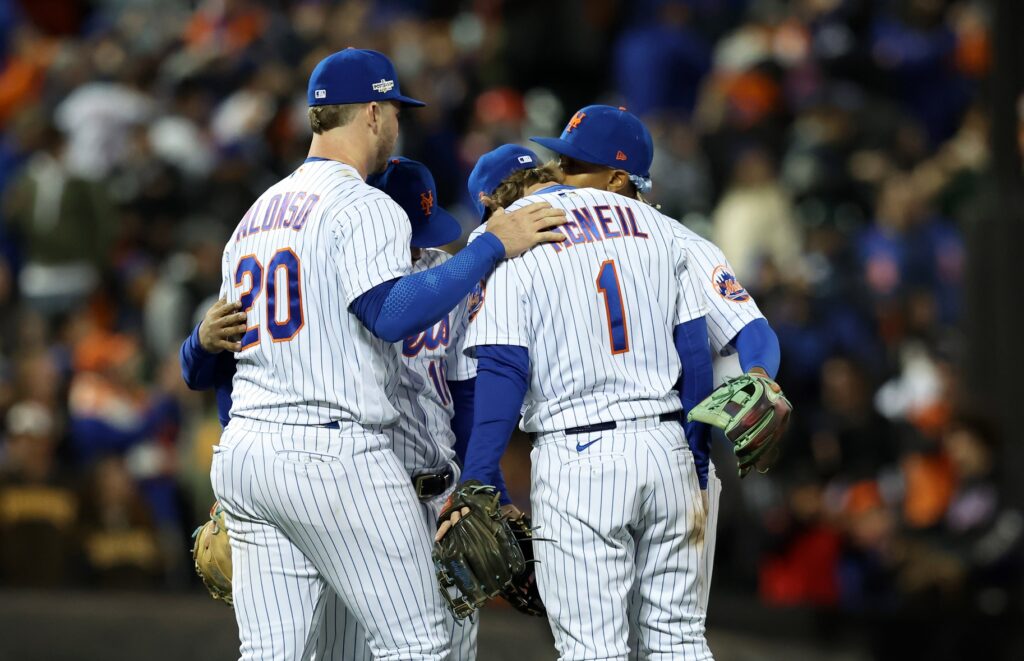
Brad Penner-USA TODAY Sports
WITHOUT A DOUBT
Going into 2024, the most glaring issue facing the Mets is the lack of starting pitching. As it stands, Kodai Senga, Jose Quintana, David Peterson, and Tylor Megill round out the rotation, the latter two having down years in 2023 and finding themselves bouncing back and forth between Syracuse and Queens. While this feels like a lost cause already, it’s not. The core group, consisting of Pete Alonso, Francisco Lindor, Jeff McNeil, Brett Baty, and Francisco Alvarez, all remain in Queens. The trio of Alonso, Lindor, and McNeil have proven themselves their entire careers and Baty and Álvarez are making noise, the latter being named NL Rookie of the Month for July.
In his sit down before the August 2 contest against the Kansas City Royals, owner Steve Cohen noted, “I don’t want to roll a team out there that we’re gonna be embarrassed by.” Cohen also commented that he believes the Mets will be “highly competitive” in 2024, especially with the return of Edwin Díaz and fellow relievers Brooks Raley and Adam Ottavino.
"The expectations were really high this year, and my guess is next year will be a lot lower… I don't want to roll a team out there that we're gonna be embarrassed by."
Steve Cohen says he thinks the Mets will be "highly competitive" next season: pic.twitter.com/O7x5v4lUjb
— SNY (@SNYtv) August 2, 2023
Also to look forward to — prospects like Ronny Mauricio, Dominic Hamel, Blade Tidwell, and the recently acquired Luisangel Acuña and Drew Gilbert looking to debut and add a jolt to the Mets lineup. All in all, there’s plenty to be hopeful about in Queens for 2024.
MAYBE, BUT…
While the core group remains intact, the fact remains the Mets traded away their co-aces, leaving Senga as their number one. Summarizing Cohen’s thoughts on the situation, he noted they’re going to spend in the free agent market, but not at the top tier like they were the past couple of seasons.
While this shouldn’t cause panic, fans would hope to be going in for a top-tier pitcher but instead might have to settle for a couple of mid to lower-tier pitchers at affordable prices, such as Tyler Mahle, Michael Lorenzen, or Julio Urías. Call it what you want, eating innings or what have you, the Mets aren’t going to sign anyone. However, we shouldn’t expect the same type of Scherzer/Verlander frenzy.
Can the Mets still win with a strategy like this? Absolutely. Will it make it more difficult if they’re not going for the A-list players? Yes.
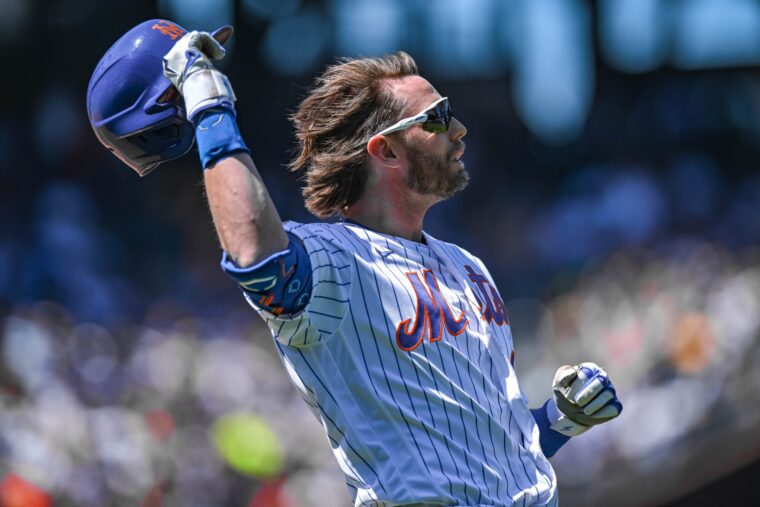
GROWING PAINS
The part nobody wants to hear — what does 2024 entail?
After Scherzer’s comments about the Mets, “retooling for 2025 or 2026” fans and player’s anxieties shot through the roof. Brandon Nimmo even admitted that. But what happened at the trade deadline might not be the end. While they plan to be competitive for 2024, the Mets might receive an offer too good to pass up on veterans like Alonso or McNeil, the former going into the final year of his contract before hitting free agency. If that is the case, although highly unlikely, the Mets might be as competitive as they can in 2024 with what few major league players remain.
This might be the time to give top-tier prospects, homegrown and acquired through trades, the time to play and see how they work into their agenda. While this maybe should be happening at the end of this season, 2024 might act as a blank canvas for the Mets to fully evaluate what they have and how they can use it to get back to playing November ball.


